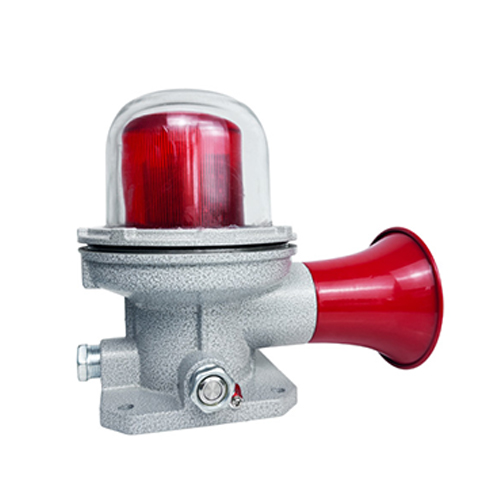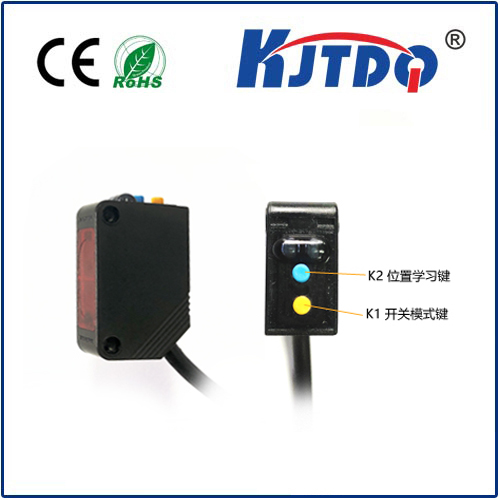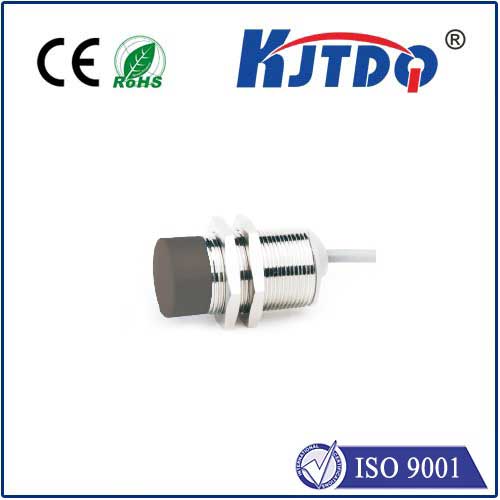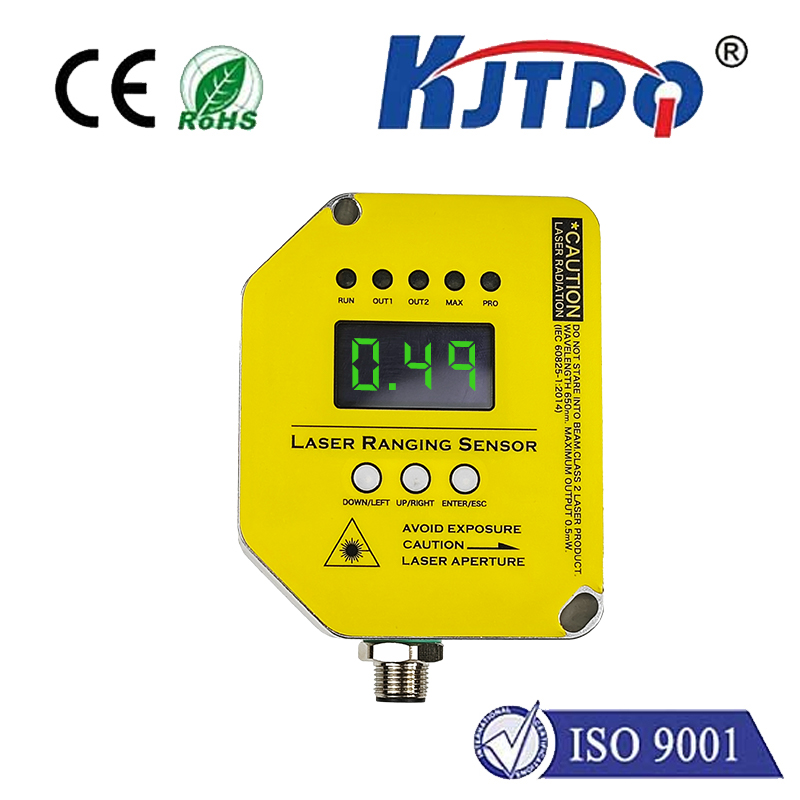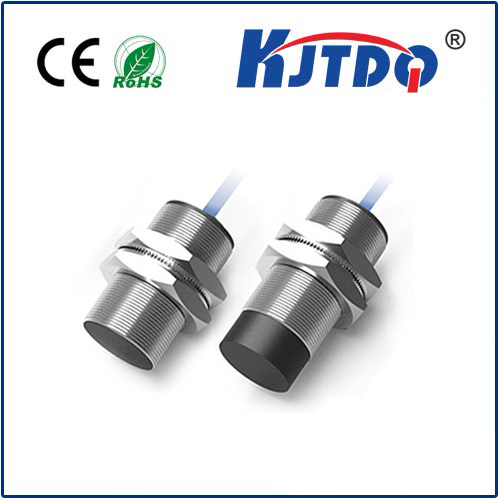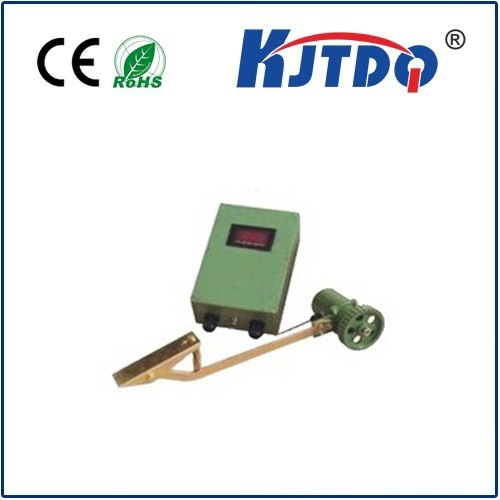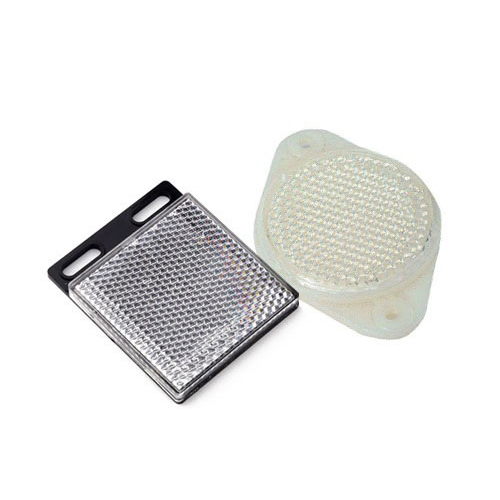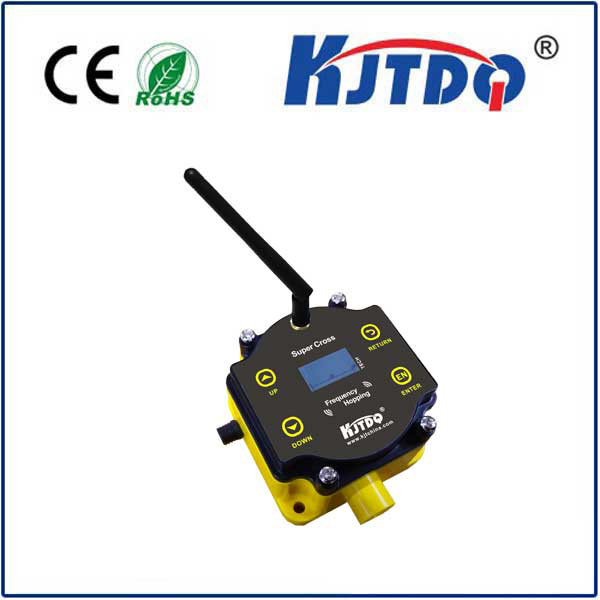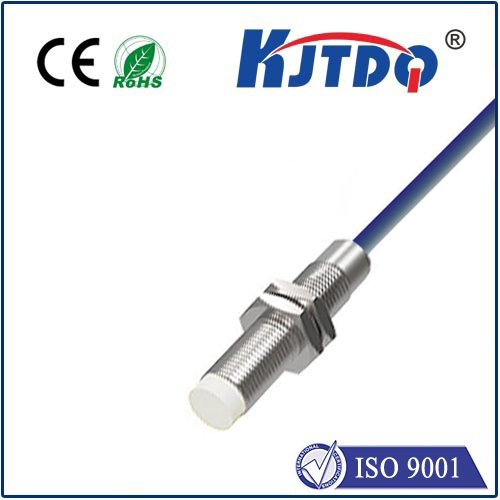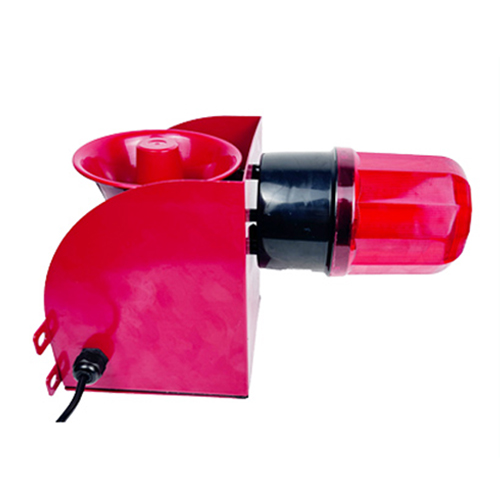BES0550 high pressure proximity sensor
- time:2025-10-01 01:27:26
- Click:0
BES0550 High Pressure Proximity Sensor: Mastering Detection in Extreme Environments
Imagine a critical valve deep within a high-pressure hydraulic system. Monitoring its position accurately isn’t just about efficiency; it’s paramount for safety and preventing catastrophic failure. In environments where pressure isn’t just a factor but the defining characteristic, conventional sensors falter. This is precisely where specialized components like the BES0550 High Pressure Proximity Sensor prove indispensable.
The BES0550 isn’t merely another proximity sensor; it represents a focused solution engineered for resilience and precision where pressures soar. Understanding its capabilities, operational principles, and ideal applications is crucial for engineers and technicians tasked with ensuring reliability in demanding industrial settings.
Understanding the “High Pressure” Imperative
Standard inductive proximity sensors function well in typical manufacturing atmospheres. However, subject them to environments found in hydraulic power units, deep-sea equipment, oil & gas extraction, high-pressure testing rigs, or specialized chemical processing, and their performance degrades or ceases entirely. Extreme pressure can compromise seals, distort housings, affect sensing fields, and ultimately lead to sensor failure. High pressure proximity sensors are distinct because they incorporate design elements specifically counteracting these forces.
The BES0550: Engineered for Resilience

The designation “BES0550” typically signifies a specific model within a manufacturer’s range. While exact specifications always require consulting the official datasheet, sensors carrying this moniker generally share core attributes designed for high-pressure integrity:
- Robust, Pressure-Vessel-Like Housing: This is fundamental. The sensor body, often constructed from high-grade stainless steel (like 316L), is engineered to withstand sustained exposure to significant internal or external pressures without deformation or breach. The mechanical design prioritizes structural integrity above all else.
- Specialized Sealing Technology: Preventing media ingress under intense pressure is non-negotiable. Advanced sealing systems, often involving multiple O-rings of fluorocarbon rubber (FKM/Viton®) or similar pressure-tolerant elastomers, meticulously chosen for compatibility with target media, ensure long-term hermeticity.
- Inherently Robust Sensing Principle: Utilizing inductive proximity sensing technology offers significant advantages. This non-contact method detects the presence or absence of metallic targets (ferrous or non-ferrous, depending on sensor variant) without physical interaction. The absence of moving parts inherently enhances reliability under vibration and shock, common companions to high-pressure operations. The sensing element is potted or protected within the pressure-rated housing.
- Optimized Sensing Face Design: The active sensing face is designed to minimize potential weak points while ensuring the electromagnetic field interacts effectively with the target, even through thick housing walls necessary for pressure containment.
- Extended Temperature Tolerance: High-pressure environments often correlate with extreme temperatures. The BES0550 is typically rated for a wide operating temperature range, ensuring stable performance whether facing the heat of hydraulics or sub-zero conditions.
- Reliable Electrical Connection: Connections (commonly M12 connectors or rugged cable glands rated for pressure) are designed to maintain integrity and prevent leaks at the interface point.
How the BES0550 Operates: Inductive Sensing Simplified
The core technology remains reliable inductive sensing:
- An oscillator circuit generates a high-frequency electromagnetic field emanating from the sensor’s active face.
- When a metallic target enters this field, eddy currents are induced on the target’s surface.
- These eddy currents draw energy from the oscillator circuit, causing a measurable change in its amplitude (damping).
- An evaluation circuit detects this damping effect.
- When the damping exceeds a predefined threshold, the sensor’s output state switches (e.g., from OFF to ON, or vice-versa). This non-contact switching is key to longevity and reliability in harsh settings.
Where the BES0550 High Pressure Proximity Sensor Excels: Key Applications
Its unique construction makes the BES0550 the go-to solution in numerous demanding sectors:
- Hydraulics & Pneumatics: Monitoring cylinder end positions, valve spool detection, pump status, and accumulator conditions within high-pressure hydraulic systems. Ensuring precise control loops rely on accurate position feedback.
- Oil & Gas (Upstream & Midstream): Position feedback on valves, actuators, and blowout preventers (BOPs), monitoring equipment within pressure vessels, and subsea applications where immense water pressure is a constant factor.
- High-Pressure Processing (HPP): Food and beverage or pharmaceutical industries utilizing ultra-high-pressure equipment for sterilization or modification require sensors capable of withstanding pressures often exceeding 6,000 bar. Internal component position verification is critical here.
- Test Benches & Pressure Vessels: End position detection on actuators within pressure test rigs, leak detection setups, and monitoring door/seal status on pressurized chambers.
- Heavy Machinery & Industrial Automation: Wherever large hydraulic forces are employed – construction equipment, presses, foundries – the BES0550 provides reliable position feedback on critical components.
- Chemical & Petrochemical: Monitoring valves and actuators in high-pressure reaction vessels or pipelines, resistant to both pressure and potentially corrosive media.
Selecting and Implementing the BES0550: Key Considerations
While “BES0550” identifies a sensor type, exact implementation requires attention to detail:
- Pressure Rating: Verify the specific model’s maximum operating pressure (PSI/Bar) and ensure it comfortably exceeds the system’s peak working pressure, including potential surges. Consider static vs. dynamic pressure ratings.
- Media Compatibility: Ensure the housing material (e.g., 316L stainless steel) and seal materials (e.g., FKM, FFKM, EPDM) are compatible with the surrounding fluid (oil, water, chemicals, seawater).
- Target Material & Sensing Distance: Confirm the nominal sensing distance (Sn) and ensure it meets the mechanical installation constraints. Verify compatibility with the target metal type (ferrous steel, stainless steel, aluminum, brass).
- Electrical Requirements: Match the operating voltage (VDC or VAC), output type (NPN/PNP, NO/NC), and current rating to your control system.
- Temperature Range: Ensure the sensor’s specified temperature range covers the expected ambient and process temperatures.
- Mounting & Environment: Consider IP/IEC protection ratings against dust and water ingress besides pressure, and ensure proper mounting (flush or non-flush) as per specifications. Account for vibration levels.
- Certifications: For hazardous areas (Oil & Gas, Chemical), intrinsically safe (e.g., ATEX, IECEx) or explosion-proof variants may be essential. Confirm necessary certifications.
The Value Proposition: Beyond Just Detection
Choosing a sensor like the BES0550 High Pressure Proximity Sensor is an investment in operational resilience, safety, and reduced downtime. Its ability to deliver reliable, non-contact position feedback in environments where pressure is the dominant challenge prevents unexpected failures, enhances process control accuracy, minimizes maintenance interventions, and safeguards personnel and equipment. In applications where pressure isn’t just a number but a relentless force, specialized detection isn’t optional – it’s fundamental, making sensors engineered like the BES0550 absolutely critical components of robust and reliable industrial systems.






